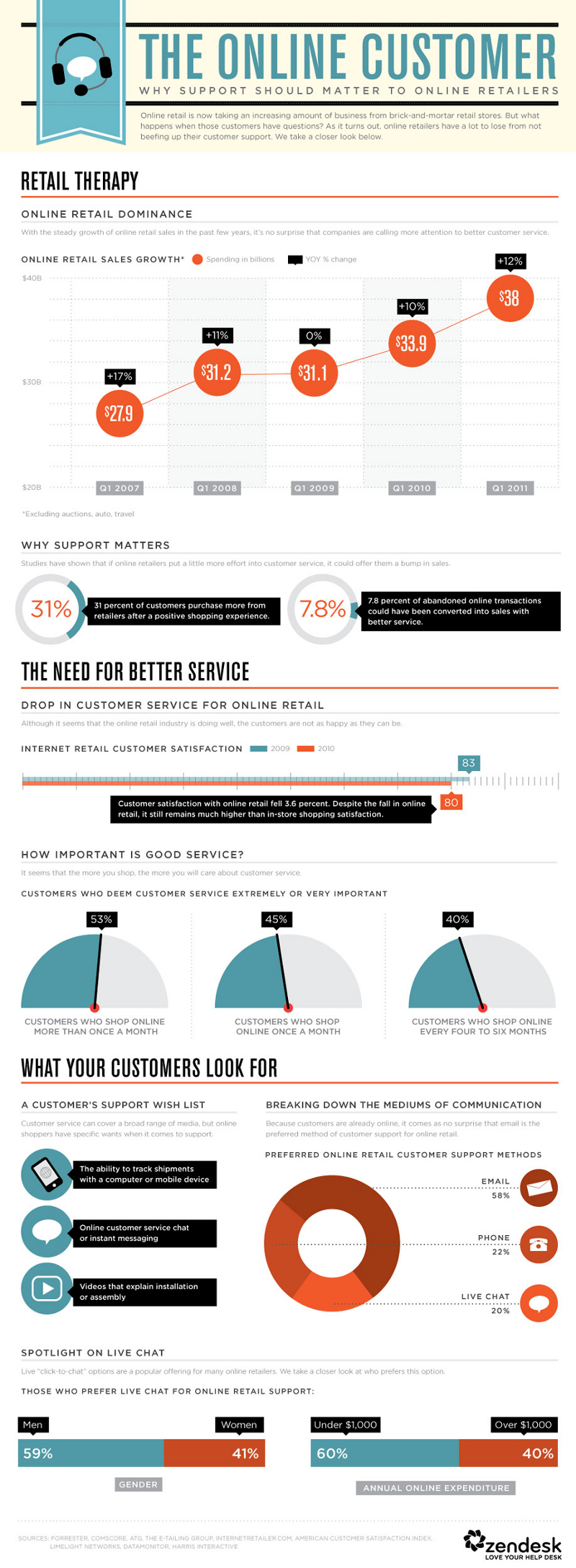Shopping on the internet has become almost as common as going to the store to pick up something. With 2 day shipping options offered for free on some sites, it can often be cheaper to shop on the internet for certain items. This is why internet sales are setting records for sales year after year.
Worldwide B2C internet sales on a global scale exceeded $1.4 trillion in the last year.
Internet Shopping
As the saturation of the internet approaches 100% in the US and with 2 in 7 people have regular access to the internet around the world, internet shopping could very well be the future of business. As these statistics show, it’s big business to have an e-commerce platform today if it is well positioned.
- The average consumer today who makes regular online purchases will spend an average of $2,466 on the internet every year.
- Most of the volume of internet sales happens in the United States with a total of $593 billion, or roughly half of the total global volume.
- B2B internet sales in the United States destroy the consumer statistics with over $4.7 trillion in annual sales.
- Retail e-commerce sales account for $210.6 billion of consumer internet purchases.
- 168 million people every quarter will visit Amazon to shop. They are the leading e-commerce site on the internet today in sales with $67.8 billion in total.
- Mobile e-commerce solutions provide another $58.5 billion to the overall industry.
Virtually everything can be purchased online today, which means internet sales are only going to continue to increase. Groceries, TV and movie playing rights, and video games have become regular online purchases. Many items are delivered locally on the same day or can be directly downloaded without a disc. This has created an enhanced level of instant gratification that will only serve to further increase sales in the future.
Why Is Internet Shopping Increasing So Quickly?
- Half of all Millennials say that they will “window shop” on the internet for things that they don’t always intend to purchase.
- 36% of Milennials say that they will only purchase items that are necessary, but 1 in 3 will choose to pay full price for those items.
- 72% of those in the 25-34 age demographic will regularly research prices and information about products online before purchasing them. 84% of this group will also take their mobile devices to the store with them to make sure they’re getting the best deal possible.
- From 2013 to 2014, mobile retail revenue generated 35% more in sales in a year to year comparison.
- Two-thirds of Baby Boomers, who control more than half of the discretionary spending wealth in the US, purchase at least one item on the internet every year.
- 83% of people who shop online say that they are satisfied with the shipping options that e-commerce sites offer to them.
Ease of access is fueling the move toward higher levels of internet shopping. When online purchases can be made anywhere there is a cellular signal, it becomes easier to make an impulse purchase or shop for something during a break at work instead of running down to the store to pick it up. Internet shopping saves time, saves money, and can still be a social experience.
Is The Store Experience And The Web Experience Blurring?
- 31% of consumers say that they will purchase an item on the internet, but choose to pick it up later at the store.
- The percentage of people who say that having up-to-date information about a product available will influence their shopping decision: 21%.
- 28%. That’s the percentage of people who say they’d do more online shopping, but they’re concerned about how secure the process happens to be.
- 39% of shoppers say that if they discover a product is cheaper online, they’ll return their first purchase to the store and buy the cheaper item on the internet.
The internet has changed the way the general public thinks about shopping. There is information readily available to determine if a deal is a good one or not. This forces all retailers to be a little more honest in their pricing structure, but with an internet presence, a larger target demographic and be picked out for lead generation. Without internet shopping options in the future, the traditional retail outlet may just find itself out of business.

Although millions of people visit Brandon's blog each month, his path to success was not easy. Go here to read his incredible story, "From Disabled and $500k in Debt to a Pro Blogger with 5 Million Monthly Visitors." If you want to send Brandon a quick message, then visit his contact page here.
